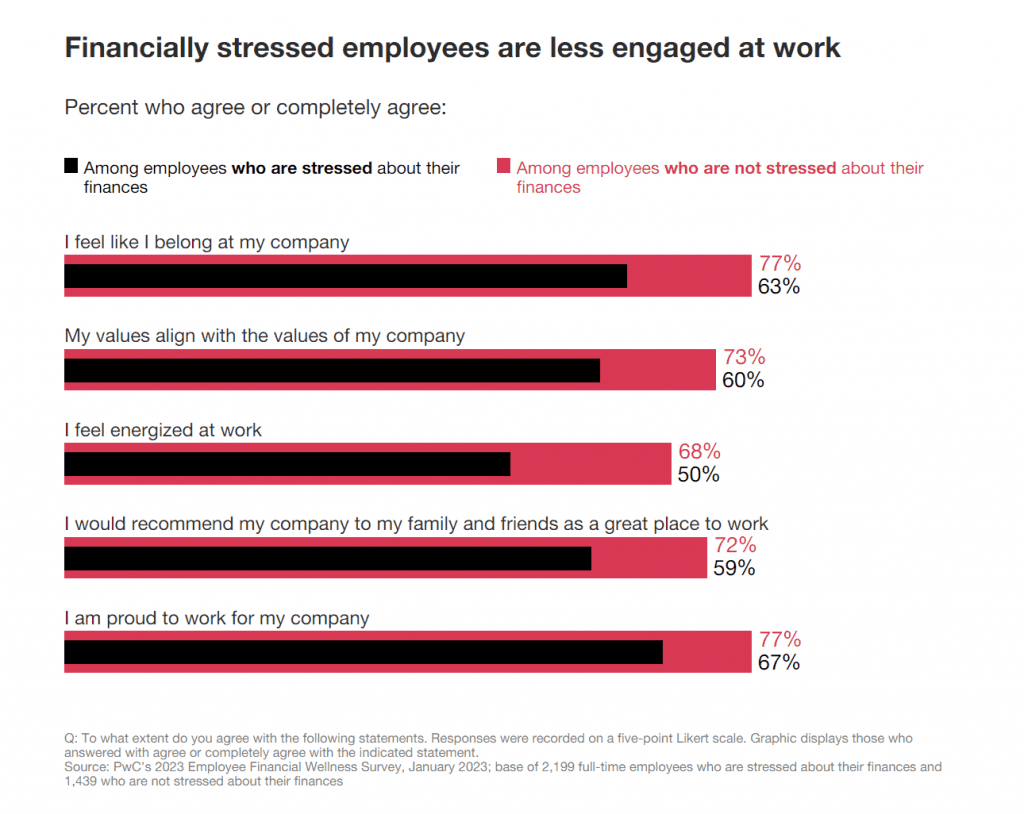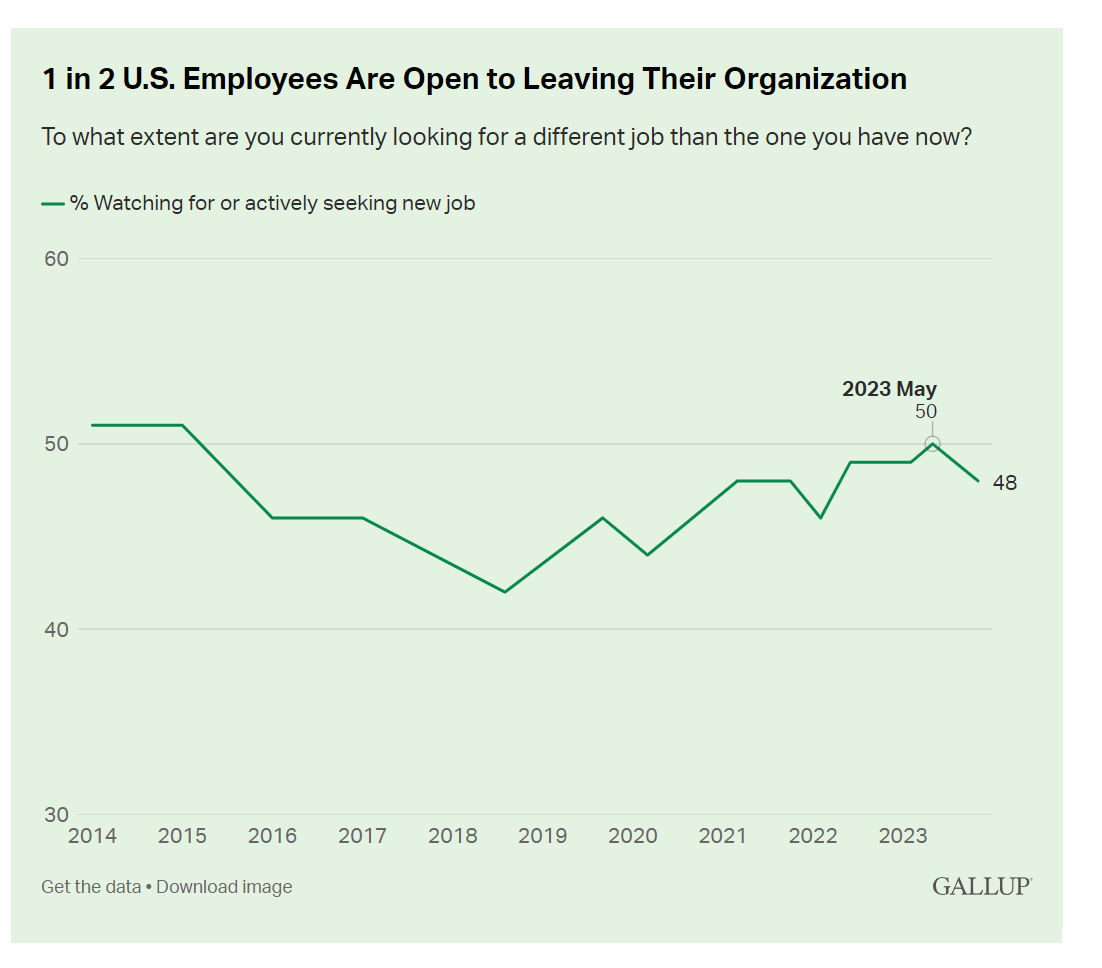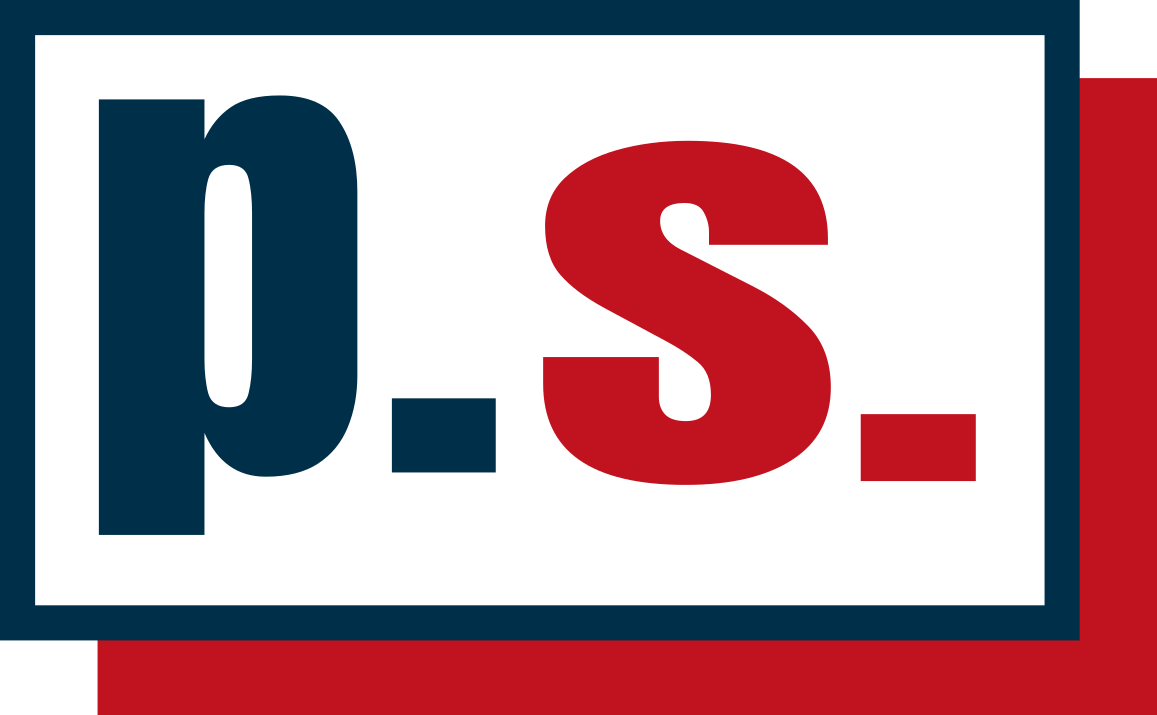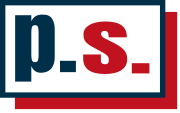I help audit leaders improve team performance. And often we discuss employee engagement, especially when company-sponsored engagement scores paint the perception of an ‘engagement problem’ in their internal audit function.
And as I talk to audit leaders, I always find it interesting that most of the news headlines about employee engagement treat it as though it was the only space where engagement is a problem. The truth is, every organization we belong to is competing for our engagement.
- Churches try to engage parishioners (Pew Research on religious identity)
- Social media algorithms are specifically engineered and modified to engage and keep followers (Neuroscience News)
- Online community managers work to attract and engage community members (Community Roundtable) and increase in online community participation (Pew Research)
- Even micro organizations like individual relationships and marriages can struggle with engagement (Pew Research)
So why all the noise around low engagement in the workplace? Why is it any different than any other organization competing for our attention? Instinctively we know the answer; high engagement leads to higher performers, and higher performers create better business results.
Emma Bridger, in her book “Employee Engagement: A Practical Introduction”, spent an entire chapter reviewing various studies from the academic community, consultants and internal company studies on the value of studying employee engagement and she concluded:
The evidence is clear: engaged employees perform better all round. The evidence continues to show that engaged employees work harder, better, longer, smarter, are absent less, go the extra mile, overcome barriers and are more resilient. Engaged employees create competitive advantages that are difficult to replicate, which places engagement as a key component of a successful business strategy.
Employee Engagement: A Practical Introduction, Pg 52.
Regardless of how you define and measure engagement, engaged employees positively impact the performance of your organization.
Headlines Sell
Which brings me back to some of the doom & gloom headlines that started this series on employee engagement. Here are just a few.
- The Great Gloom: In 2023, Employees are unhappier than ever. Why? (Bamboo HR)
- Employee Happiness Erodes in Q3 as The Great Gloom Continues (Bamboo HR)
- Financial Anxieties, Layoff Fears (Bamboo HR)
- In New Workplace, U.S. Employee Engagement Stagnates (Gallup, Jan 23, 2024)
If all of these headlines are correct – statistically – our audit functions are pretty disengaged and unhappy about the work they are doing and are negatively impacting the department’s performance.
But, too often we forget that we live in a world of attention deficit where headlines sell. And often, we do not take the time to recognize the psychology being used by marketing and copywriters to create well-crafted headlines that cut through the noise to stay relevant and attract attention to their business, cause, or purpose.
Take, for example, the following headlines from Axios that crossed my desk, one day apart:
- Unionization rate dropped to a new low in 2023 (Axios, Jan 23, 2024)
- Charted: Virginia’s union membership grows (Axios, Jan 24, 2024)
Obviously, the headlines worked; I had to click on the link to understand the contradiction.
The same is true with headlines about employee engagement. While Gallup and Bamboo HR are reporting on the dismal state of employee engagement, The Conference Board and Pew Research both report that employee satisfaction is actually relatively high and increasing.
- How Americans View Their Jobs (Pew Research, March 30, 2023)
- Job Satisfaction 2023: US Worker Satisfaction Continues to Increase (The Conference Board, May 10, 2023)
Granted, each of these studies is asking different questions to different people, but if you were just looking at the headlines, you wouldn’t even know which way the wind is blowing.
I appreciate Derek Thompson’s essay in the Atlantic where he calls doom and gloom headlines about “persistent employment misery” a myth and explains that “trend journalism isn’t really about capturing a statistical truth. It’s about indulging reader anxiety by saying not only Everyone is feeling what you’re feeling, but also This moment is special, and you’re special too. ” (What if Americans are Happy at Work?, 1 Dec 2023)
He could be right. If headlines are distorting the real picture, is there an engagement problem or not?
Yes, we should be concerned
Quoting again from Derek Thompson’s essay in the Atlantic:
Work is work: mostly necessary, often boring, frequently annoying, occasionally insulting, and sometimes rewarding. The media keep inventing a new lexicon every few months to explain this consistent state of affairs, and readers lap it up, because we demand fresh language to communicate to ourselves the stale drudgery of the 9-to-5.
What if Americans are Happy at Work?, 1 Dec 2023
There is truth to his argument. Work IS work, sometimes it is enjoyable, sometimes not. And the disconnect between what employees want and what employers have to give is as old as humans have been working together to survive. But when we ignore the headlines and dive into the actual questions being asked, and then collate the findings with other studies, we find some common themes that show there are some concerns that audit leaders really need to pay attention to.
Employees are stressed
The Gallup 2023 Workforce Study I have mentioned many times pointed out that stress has remained at a record level since the 2020 Pandemic. The most recent chart shows it remaining at 44% globally, but in the US at 50%.
In perspective, when you look at the faces of the people in your next team meeting, it would mean half of those seated at the table are feeling stress, worry, anger and sadness through much of the day. Obviously, this is probably not true. We are dealing with a sample and inferring that it applies across all demographics. But, even if it isn’t 50%, what percentage is it?

And regardless of whether it is 50% or 20%, with tight budgets and the increasing risk landscape that audit leaders need to cover, if even 20% of your workforce is struggling with engagement, that is a huge problem and deserves attention.
In trying to find out what might be causing the stress, a recent study from PWC may shed some light.
Sixty percent of full-time employees are stressed about their finances. This is slightly higher even than the number who were stressed about finances during the height of the pandemic. Even among employees earning $100,000 or more per year, nearly half (47%) are stressed about their finances.

The study goes on to explain that employees are worried about the impact of inflation. And, of course, the more your people are stressed, the less engaged they are.

This same theme came through in the PWC Workforce Hopes & Fears Study (2023).
Financial hardships increase: 14% of employees around the world struggle to pay bills every month, and another 42% say once they cover their expenses, they have little or nothing left over (up from 37% in 2022). One in five respondents says they have an extra job, in addition to their principal one.
Source: https://www.pwc.com/gx/en/issues/workforce/hopes-and-fears.html
And finally, from Bamboo HR, these takeaways:
- Overall, 31% of employees have taken on some form of secondary employment outside of their full-time job, including part-time work (17%), freelance or contract work (16%), or a second full-time job (3%).
- More than one-third of respondents (36%) say they would be unable to afford food within a month if they lost their job.
- 24% of Gen Z workers say they have a second job—more than Millennials (22%), Gen Xers (13%), or Baby Boomers (8%).
- Among employees who have thought about quitting, 43% say their salaries haven’t kept pace with inflation.
Source: https://www.bamboohr.com/resources/guides/hiring-trends-2023
Hopefully with inflation calming down at the end of last year, and wages eventually catching up, some of these financial concerns will start to even out. But that isn’t the only reason for engagement concern.
Employees are Looking
The same report from Bamboo HR referenced above also emphasizes another theme from the engagement studies. Employees are looking for other opportunities.
- 75% of employees admit they’ve thought about leaving their job in the past year—including 19% who think about quitting weekly and 10% who consider quitting on a daily basis.
- 56% of employees who feel layoffs are likely think about leaving at least once per month, compared to just 36% of those who feel secure at work.
Financial Anxieties, Layoff Fears
The Hopes and Fears survey from PWC in 2023 points out a 7% increase of those that say they are likely to change jobs.
Despite recessionary worries and rising unemployment in some regions, 26% of all respondents say they are likely to change jobs in the next 12 months (up from 19% in our 2022 survey). The number is higher for younger employees, with 35% of gen Z and 31% of millennial respondents planning to change jobs.
Source: https://www.pwc.com/gx/en/issues/workforce/hopes-and-fears.html
If there is any good news, at least Gallup is showing that the trend line for those looking to leave peaked at 50% last year and has dropped since then. But still, if 48% of your organization turned over, what would that do to your business objectives?

I agree, everyone thinks about leaving. And thinking about leaving is not actually leaving. The bigger concern, at least in the accounting and finance profession (including auditing), is that they are leaving.
The recent talent retention report from The Association of Accountants and Financial Professionals in Business (IMA) points out in October 2023 that nearly one-third have left and another quarter are looking at leaving in the next 12 months.
U.S. accounting and finance professionals are leaving employers at a high rate. Nearly one-third (29%) of respondents in our study reported leaving a company in the past 24 months. Moreover, nearly a quarter (24%) expected to leave their current employer in the next 12 months, with the majority (i.e., 71% of those expecting to leave in the next 12 months) intending to leave within the next six months. More than one in 10 (11%) accounting and finance professionals in the U.S. intended to leave the profession within the next year.
Source: https://www.imanet.org/research-publications/ima-reports/talent-retention-in-the-us-accounting-and-finance-profession
If this holds true, half of your audit organization would be changing within a 3 year period. Fortunately I do not think it will be that bad, but the question we need to ask is why are they looking in the first place? We talked about the financial concerns above, but is there something else that is creating a desire to move on?
The relationship disconnect is real
And I think the answer to that question comes from the State of Organization 2023 study by McKinsey- there is a disconnect between employers and employees.
When we surveyed employers and employees in August 2021, employers said the top reasons that their employees were quitting were that they were looking for better jobs, compensation, and work– life balance. But employees’ responses painted a different picture: among the top reasons they gave for quitting were not feeling valued by the organization or by their individual managers and not feeling a sense of belonging at work. The employers were focusing on transactional elements of the work experience while employees were asking for more emphasis on relational factors.
Source: McKinsey, State of the organization 2023, p 26
The study continues with this insight.
While work–life balance and compensation are among the top factors affecting the employee experience, employees themselves cite other characteristics that tend to be lower on employers’ lists. These include caring leaders, meaningful work, and safe workplace environments. The lesson here? Even if a company is offering, say, more flexible working time or is reconsidering its pay packages, its inaction in other important relational areas may be creating a lopsided employee experience.
Source: McKinsey, State of the organization 2023, p 27
This is starting to get to the real reason why there are engagement concerns. The culture of our organizations is creating a disconnect in the relationship between the leader and the follower and is negatively impacting the performance of our teams.
Consider this chart from the PWC Hopes and Fears survey referenced above that confirms the disconnect between how employees experience the culture of the organization and the perception of the culture that leaders have created.

And the problem is more than just a communication problem. The disconnect is fostering a sense of exclusion from the organization and has become the top reason why people are leaving organizations.
Again from the IMA Global Talent and Retention report:
Another key finding among the drivers of turnover is that accounting and finance professionals intending to leave their employer or the profession do not feel a strong sense of belonging within their organization. More than 40% of those who intended to leave in the next six or 12 months highlighted the absence of a strong sense of belonging in the workplace, while only 10% of those intending to stay shared the same perspective.
Similarly, a significantly higher percentage of those who intended to leave do not feel valued, respected, or supported within their organization, potentially contributing to their decision to leave their current employer and/or the accounting and finance profession.
Source: https://www.imanet.org/research-publications/ima-reports/talent-retention-in-the-us-accounting-and-finance-profession
And this is a problem that has been with us for a couple of years. This is from Gallup summarizing employee departures in 2022.
When we classify all of the reasons people give for leaving an employer into larger categories…we see that the theme of “Engagement and Culture” is by far the most prominent (40%), followed by the theme of “Wellbeing and Work-Life Balance” (26%).
Together, these two areas of dissatisfaction make up 66% of the total reasons employees left their employer in 2022. That means three times as many people left their job due to “Engagement and Culture” or “Wellbeing and Work-Life Balance” reasons, compared with the number of people who primarily left for better “Pay/Benefits.”
Source: https://www.gallup.com/467702/indicator-employee-retention-attraction.aspx (06 Feb 2024)
And we can go on to confirm this with other studies by the Boston Consulting Group, The World Economic Forum and many more. The message is the same: we need to do a better job as leaders creating a culture where our teams want to engage.
Hopefully it isn’t any surprise that Human Capital was ranked the 2nd most critical risk in the Risk in Focus 2024 Global Summary. And it should be a top risk category that we are tracking in our own audit teams as well.
What’s next
Regardless of the headlines, I am not certain I can say we have an ‘engagement problem’, simply because the definition is too vague to point to anything meaningful. What I am certain is that the data shows a disconnect between employers and employees, and there is high probability that the disconnect is impacting the performance potential of your teams.
The next few articles will focus on what Audit Leaders can do to increase the engagement of audit teams, beginning with a discussion on how to create a definition of employee engagement as part of your overall talent strategy.
Join the discussion
See a summary of this article on LinkedIn and join the conversation.
Read more from this series on Team Engagement
How we can help
Our passion is sustainable performance. Find out more about how we can help you with your talent programs and leadership development programs and let our knowledge and experience help you increase the performance of your teams!




